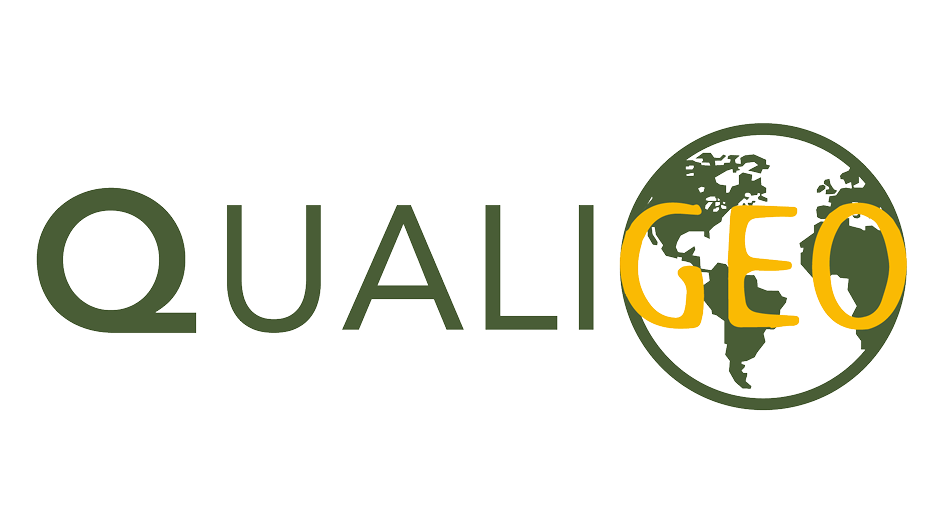Description
The Südtiroler Marille or Marille dell’Alto Adige Geographical Indication is reserved exclusively for the fruit spirit obtained from apricots fermented in the autonomous province of Südtirol/Alto Adige, and distilled and diluted in establishments located in the same province.
Production Area
The production area of Südtiroler Marille GI or Marille dell’Alto Adige GI is within the entire territory of the autonomous Province of Bolzano.
Production Method
The fruit spirit Südtiroler Marille GI and/or Marille dell’Alto Adige GI is obtained through the continuous or batch distillation of fermented apricot must, using either direct heat or indirect steam after water has been added to the alembic still, with the separation of the heads and tails. The provenance and ripeness of the fruit give this spirit its particular taste and aroma. Moreover, distillers from South Tyrol have developed a technology that ensures the uniform ripening of the apricot. The distillers in Alto Adige have developed technology which guarantees the uniform ripening of the apricots. The grinding, fermentation, distillation, reduction of the alcohol content and any ageingprocesses must take place autonomous Province of Südtirol/Alto Adige. The distillation of the fermented must, whether batch or continuous, must be carried out at less than 86% ABV. The obtained product can only be redistilled within this limit. The addition of sugars, up to a maximum of 20 g per litre, expressed as invert sugar, is permitted during the production process of Südtiroler Marille GI and/or Marille dell’Alto Adige GI The addition of sugars is permitted up to a maximum of 20 g per litre.
Product Characteristics
The Südtiroler Marille GI and/or Marille dell’Alto Adige GI is obtained exclusively through the distillation of fermented apricot must (Prunus armeniaca L.), either directly and with water vapour. It has a minimum alcohol content of 40% ABV. The addition of ethyl alcohol (pure or diluted) is not permitted and it is not aromatised. The alcohol content is reduced with potable water from the autonomous Province of Südtirol/Alto Adige; softened water from the same province may also be used, although it cannot be demineralized. The water in the Province of Südtirol/Alto Adige has a very high content of mineral salts due to the particular geological formation of the mountains, and these influence the aroma and taste of the spirit drink. It can be aged in wooden barrels, vats or other wooden recipients traditionally known as Lagelen.
Link with the territory
The unique characteristics of Südtiroler Marille GI and/or Marille dell’Alto Adige GI lies in the choice of raw materials, in the fact that the autonomous Province of Südtirol/Alto Adige – the only area it is produced in – is of high environmental value, as well as in the secular experience of the “master distillers” and the continuous improvement of the production cycle.
Legislative information
The Südtiroler Marille or Marille dell’Alto Adige Geographical Indication is registered in Annex III of Regulation (EC) No. 110/2008 on the definition, description, presentation, labelling and protection of Geographical Indications of spirit drinks and repealing Council Regulation (EEC) No. 1576/89 (published in the OJEU L. 39 of 13.02.2008), as modified by EC Reg. 1067/2016 and Reg. 674/2019. Notwithstanding the entry into force of the new EU Reg. 787/2019, which repeals Reg. 110/2008 and – as far as GIs are concerned – has been applied since 8 June 2019, Annex III will continue to apply until the creation of the GI Register referred to in art. 33 of the new regulation. Generally, article 24, paragraph 1 of Regulation 787/2019 states that for every single Geographical Indication a technical file containing the requirements set out in the same article must be presented to the European Commission. The technical file for Südtiroler Marille GI and/or Marille dell’Alto Adige GI is contained in the decree issued by the Ministry of Agricultural, Food and Forestry Policies on 31 July 2014 (published in the Italian Official Journal no. 186 of 12.08.2014).




